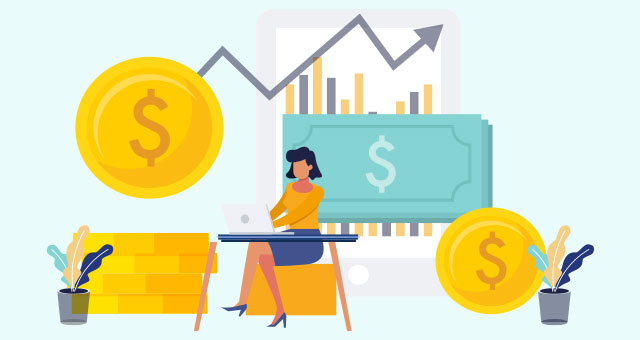
Finding Financial Freedom: Ways You Can Refinance Your Credit Card Debt
Credit cards have benefits, including the ability to make simple, safe purchases and build credit. However, they might also leave you in debt.
When you use multiple cards and cannot pay off their balances in full, you dig into a deep hole that can grow deeper by the high-interest rates associated with credit cards.
Fortunately, there are remedies. Consider refinancing as an alternative to making minimum payments on your debt, which can take an excessively long time to pay off.
What’s Credit Card Refinancing?
Replacing one type of debt with another is referred to as refinancing. The benefits depend on the nature and terms of the debt. When you refinance your credit card debt, the monthly payments may be smaller or your interest rates reduced.
You have several choices when you decide to refinance credit card debt. Therefore, take your time when you decide to refinance this debt. To choose the best course of action, consider your financial situation and review these four common ways to refinance credit card debt.
1. Refinancing With A Balance Transfer Card
As the name implies, this entails moving your outstanding debt from one or more credit cards to another. Another use of a balance transfer is to transfer the balances of several credit cards into one card. As a result, you will only have to deal with one monthly payment rather than one for each card.
Balance transfer cards provide an introductory 0% annual percentage rate (APR). Since no interest is due, the entire payment will go toward the balance. The time limit on the 0% interest rate is typically 12-21 months. Paying off the balance before the end of this period would help you save hundreds or even thousands of dollars.
However, some also charge fees, which typically vary from 3-5 percent of the transferred amount; consider them to determine whether the costs outweigh the money you save during this period before enrolling.
Typically, balance transfer cards demand a credit score of 680 or higher.
2. Personal Loan
Personal loans are the most popular as they are not constrained to a particular purchase like a mortgage or an auto loan and are unsecured, meaning you do not have to pledge your assets as collateral. Most banks, credit unions, and online retailers offer personal loans to borrowers with moderate to high credit scores.
Data from the Federal Reserve shows that personal loan rates are typically lower than credit card rates and will not increase dramatically over time. So, they can be a useful tool to refinance credit card debt.
Furthermore, unlike credit card debt, which you might carry for years if you only make minimum payments, a loan’s fixed payment, will help you pay the debt off in a predetermined period.
However, your credit history will impact the interest rate you are eligible for. Also, if you use a personal loan to pay off credit card debt but continue using your card, your debt will increase.
3. Taking Out A Loan On Your Home
If you own a home and have equity—that is if your mortgage balance exceeds the value of your home you can refinance your credit card debt using a home equity loan or home equity line of credit (HELOC).
With a home equity loan, you can borrow a certain amount at once and pay it back according to a predetermined schedule. HELOCs, on the other hand, function more like credit cards. You may withdraw money as needed at various times (usually within a predefined period).
You can qualify for a much lower interest rate than a personal loan as these loans use your home as collateral, which reduces the lender’s risk. If you have a FICO® Score of 580 or more, this option might be right for you.
However, using your house as collateral raises your risk because if you fall behind on payments for long, the lender can seize your property. The additional drawback is that it increases the number of years it will take to pay off your house, and depending on the option you pick, there might be one-time and ongoing costs.
4. Borrowing From Your 401 (k)
You might look to other assets, such as your retirement plan if your credit score is not good and you do not own a home or have little equity in your home.
You could borrow or withdraw money from your 401(k) plan to refinance credit card debt. A 401(k) loan is preferable to an early withdrawal if your plan provider offers them because the interest you pay goes into your account, and there isn’t a tax penalty. It is due to the 10% early 401(k) withdrawal penalty and the tax you must pay on the withdrawal amount.
The advantage of taking a 401(k loan) is that you will receive interest rates that are typically one or two percentage points above prime and will not impact your credit score.
However, the disadvantages can far outweigh the advantages. Interest is taxed twice: now and when withdrawn after retirement. Secondly, the amount you borrow from your 401(k) does not generate interest, so the amount available for retirement decreases. Additionally, if you leave your job for any reason, the remaining balance of the 401k loan will have to be paid within 60 days of termination. Otherwise, it will be considered an early withdrawal.
The Final Word
Things can seem bleak if you have a mountain of credit card debt. However, you can regain control of your finances by choosing one of the options given above.
Do not hesitate to contact Ooraa Debt Relief if you require more guidance. Our professionals can guide you through other options to restructure credit card debt or help you with a debt settlement plan to suit your financial situation.

